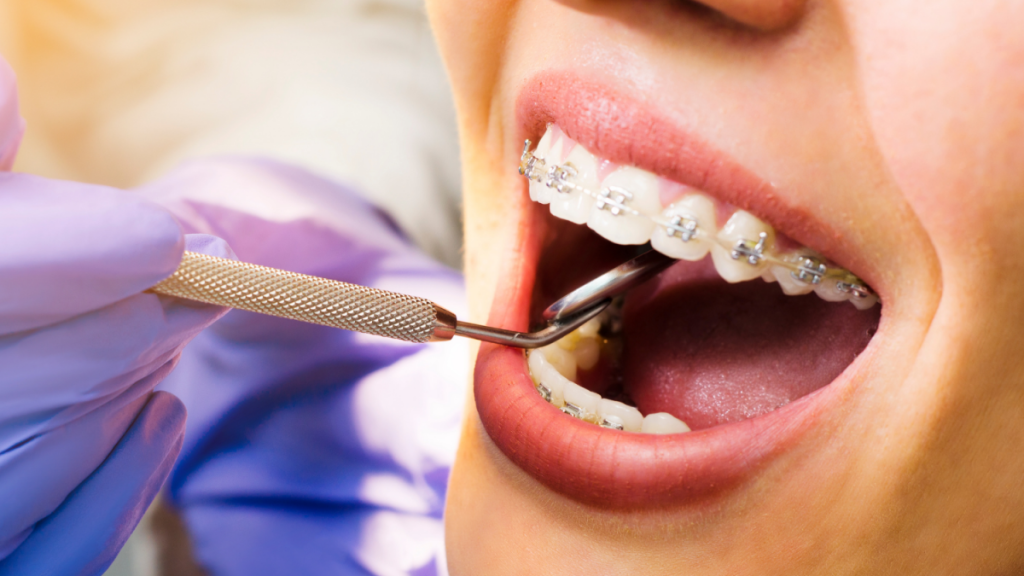Orthodontic treatments, including the installation and removal of braces, are significant milestones in achieving a confident and healthy smile. While the benefits of braces are undeniable, it’s essential to be aware of the financial aspects associated with their removal.
Factors Influencing the Cost:
Type of Braces:
The first factor that impacts the cost of removing braces is the type of braces you have. Traditional metal braces, ceramic braces, and invisible aligners each come with their own set of removal considerations. While metal braces are generally more straightforward to remove, aligners may involve additional steps.
Treatment Complexity:
The complexity of your orthodontic treatment is another crucial factor. If you had a more intricate case that required additional adjustments, your orthodontist might need more time and effort to remove the braces, affecting the overall cost.
Orthodontist’s Expertise:
The experience and expertise of your orthodontist play a significant role in determining the cost of removing braces. A highly skilled orthodontist may charge more for their services, but their proficiency ensures a smoother and more efficient removal process.
Geographic Location:
The cost of orthodontic procedures, including the removal of braces, can vary based on your geographic location. Urban areas or regions with a higher cost of living may have higher overall treatment costs.
Breaking Down the Cost of Removing Braces:
Orthodontic Consultation:
Before the removal process begins, your orthodontist will typically schedule a consultation to assess the progress of your treatment. This initial consultation may incur a separate fee, so it’s essential to factor this into your overall budget for orthodontic care.
Removal Appointment:
The actual removal appointment involves the orthodontist carefully taking off the brackets and wires. This process requires precision to avoid any damage to your teeth. The cost of removing braces is often included in this appointment, covering the time and expertise of the orthodontic team.
Post-Removal Assessments:
Following the removal of braces, your orthodontist may conduct post-removal assessments to ensure that your teeth have transitioned successfully. These assessments contribute to the overall cost and are vital for confirming the effectiveness of the orthodontic treatment.
Retainers:
After the removal of braces, it’s common for individuals to be prescribed retainers to maintain the newly achieved alignment of their teeth. The cost of retainers is usually a separate expense, so it’s crucial to factor this into your budget.
Cost of Removing Braces: Planning Ahead
Understanding the factors influencing the cost of removing braces allows individuals to plan ahead and make informed decisions about their orthodontic journey. It’s advisable to discuss the financial aspects with your orthodontist during the initial consultation to gain clarity on the overall cost and any potential additional fees.
Additionally, inquire about available payment plans or financing options that can help ease the financial burden of orthodontic treatment. Many orthodontic practices offer flexible payment plans to accommodate varying budgets, ensuring that individuals can prioritize their oral health without compromising financial stability.
In conclusion, the cost of removing braces is influenced by factors such as the type of braces, treatment complexity, the orthodontist’s expertise, and geographic location. By understanding these elements and planning ahead, individuals can confidently navigate the financial aspects of orthodontic care, ensuring a seamless transition to a beautifully aligned smile.

